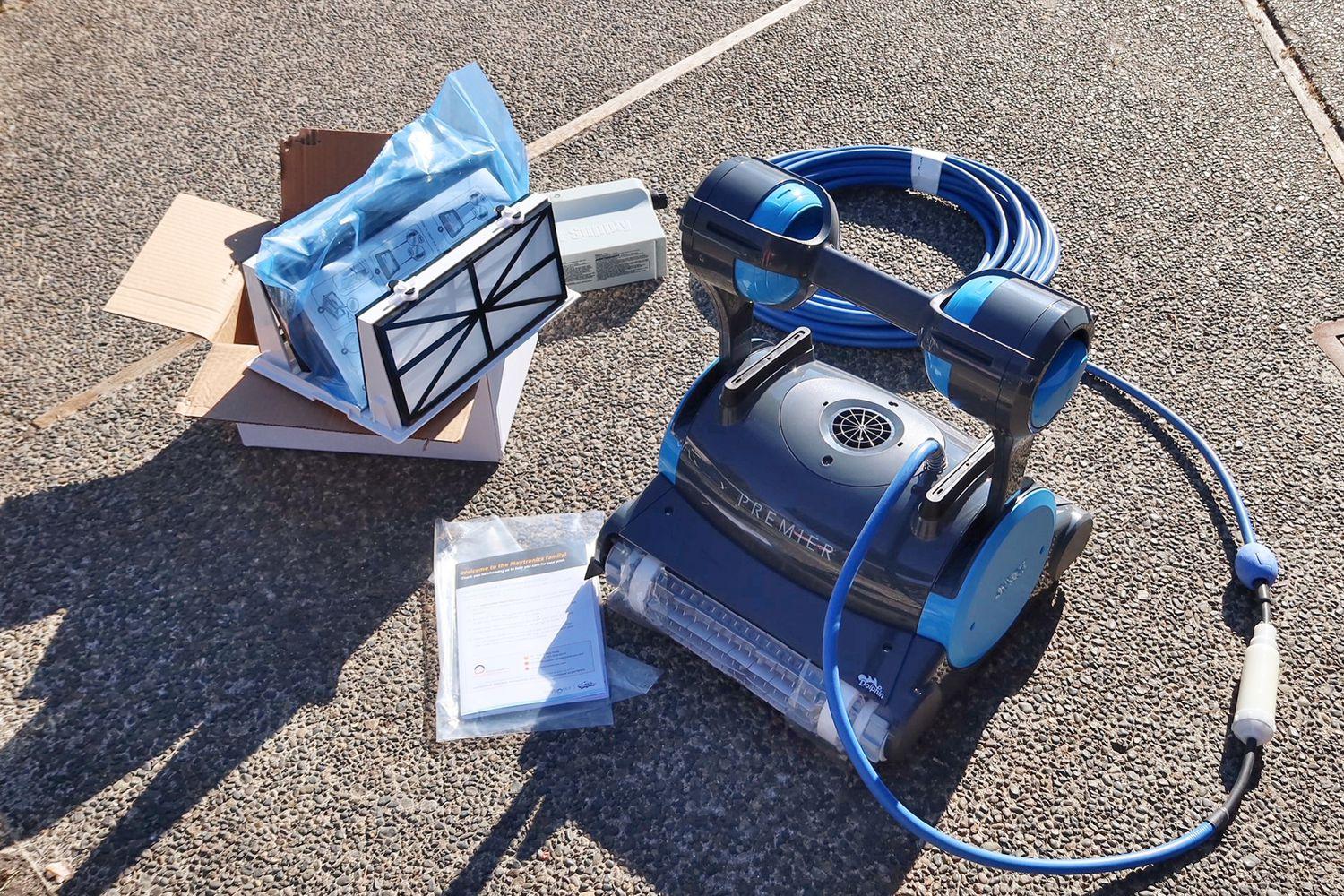Notifications

8 minutes, 2 seconds
-29 Views 0 Comments 0 Likes 0 Reviews

Robotic pool cleaners have become essential for pool owners who want to maintain crystal-clear water with minimal effort. Brands like 8streme—known for their popular models such as the XL400, Green Mamba, and XT4—offer reliable, hands-free cleaning. But even the best machines can run into problems, and one of the most common sources of trouble is the power cord.
The cord is a crucial component of your robotic cleaner. It not only supplies power but also allows your cleaner to move freely around your pool. Over time, exposure to sun, chemicals, and mechanical wear can cause the cord to degrade. Knowing the warning signs of cord failure can help you avoid costly repairs and keep your pool cleaner running efficiently.
In this article, we’ll cover the most common symptoms of a failing or damaged robotic pool cleaner cord and why prompt replacement is essential for safety and performance.
1. Intermittent Power or Sudden Shutdowns
If your robotic pool cleaner starts up but shuts down unexpectedly, or if it works only some of the time, your cord may be the culprit. A damaged cord can interrupt the flow of electricity to the motor and control systems, causing the cleaner to stall or stop mid-cycle.
These power inconsistencies are not just inconvenient—they can also strain the cleaner’s internal components, reducing its overall lifespan. If your unit behaves erratically, it’s time to check the cord for damage or loose connections.
2. Visible Damage, Fraying, or Cuts on the Cord
This is one of the clearest signs that it’s time for a replacement. Inspect your power cord regularly for:
Cuts or tears in the insulation
Frayed wiring
Exposed copper or electrical strands
Even small cracks or abrasions can lead to dangerous outcomes, such as electrical shorts or water getting inside the wiring. In a wet pool environment, this kind of damage poses a serious safety risk—to both your equipment and yourself.
Using a robotic cleaner with a visibly damaged cord is never worth the risk. A replacement is inexpensive and easy to install, so don't delay this fix. It is recommended that you should always choose genuine 8streme pool cleaner parts to ensure the best fit and performance.
3. Stiffness or Cracking, Especially Near the Connectors
Power cords for robotic pool cleaners are designed to be flexible so they can move easily as the unit navigates your pool. However, over time, sun exposure (UV degradation), chlorine, and temperature changes can make the cord brittle.
If you notice that the cord feels unusually stiff or shows hairline cracks, especially near the plug or cleaner connection, it’s no longer safe to use. These cracks can allow water to seep in, potentially causing corrosion or electrical hazards.
In most cases, replacing the cord restores full flexibility and ensures that your cleaner can operate safely and efficiently.
4. Tangled or Twisted Cord That No Longer Rotates Smoothly
Modern robotic pool cleaners, including 8streme models, often come with anti-tangle swivel cords that are designed to rotate freely and allow the unit to cover the entire pool without getting stuck. Over time, if the swivel mechanism wears out or the cord becomes twisted, the cleaner may start to get stuck in corners or fail to clean the pool evenly.
A tangled cord is not only frustrating—it also causes additional wear and tear on the motor and navigation system, which are forced to work harder than necessary. If your cord no longer moves smoothly, or if you’re constantly untwisting it, replacing it can instantly improve your cleaner’s mobility and cleaning efficiency.
5. Corrosion on Terminals or Plug Ends
If you’ve noticed rust, green residue, or discoloration on the metal terminals of your cleaner's cord, corrosion has likely set in. This often occurs when water enters poorly sealed connections or when the cord's protective coating breaks down.
Corrosion can significantly reduce the quality of the electrical connection, leading to power loss, overheating, or even total failure. It’s also a clear sign that moisture is infiltrating areas it shouldn’t—a major risk in an electrically powered device.
Once corrosion starts, it tends to spread quickly, so it’s best to act fast and replace the cord before the damage extends to other components.
Why It’s Important to Replace the Cord Promptly
It may be tempting to patch up a damaged cord with electrical tape or a DIY fix, but this is not recommended for pool equipment. Robotic pool cleaners operate in a wet environment, and any compromise in the cord’s insulation or connection can pose serious electrical hazards.
By replacing the cord as soon as you notice an issue, you:
Prevent potential damage to the motor or internal electronics
Maintain safe operation in and around the pool
Extend the life of your robotic cleaner
Improve performance with smoother movement and uninterrupted power flow
Plus, many replacement cords—especially those designed for specific models like the 8streme XL400, Green Mamba, or XT4—are easy to install and cost-effective, making them a smart preventative investment.
Final Thoughts
Your robotic pool cleaner is a hardworking machine, and it relies on its power cord to function properly. From delivering consistent power to enabling smooth navigation, the cord plays a vital role in every cleaning cycle.
If you’ve noticed intermittent power, visible wear, stiffness, tangling, or corrosion, don’t wait for your cleaner to fail completely. These are all clear signs you need a replacement cord.
Restoring your cleaner with a new, high-quality cord is one of the simplest ways to keep your pool spotless and your equipment running safely for years to come.

